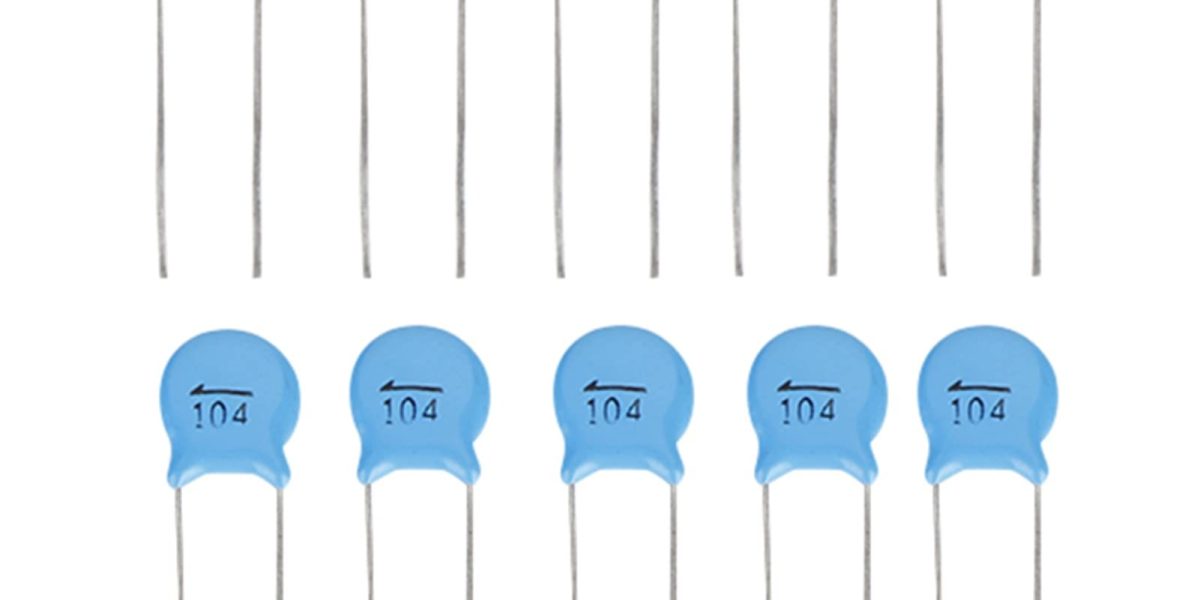IMARC Group’s “Ceramic Capacitor Manufacturing Plant Project Report 2025: Industry Trends, Plant Setup, Machinery, Raw Materials, Investment Opportunities, Cost and Revenue” report provides a comprehensive guide on how to successfully set up a ceramic capacitor manufacturing plant. The report offers clarifications on various aspects, such as unit operations, raw material requirements, utility supply, infrastructural needs, machinery models, labour necessities, transportation timelines, packaging costs, etc.
In addition to the operational aspects, the report also provides in-depth insights into ceramic capacitor manufacturing process, project economics, encompassing vital aspects such as capital investments, project funding, operating expenses, income and expenditure projections, fixed and variable costs, direct and indirect expenses, expected ROI, net present value (NPV), profit and loss account, and thorough financial analysis, among other crucial metrics. With this comprehensive roadmap, entrepreneurs and stakeholders can make informed decisions and venture into a successful ceramic capacitor manufacturing unit.
Request a Sample Report: https://www.imarcgroup.com/ceramic-capacitor-manufacturing-plant-project-report/requestsample
What is Ceramic Capacitor?
A ceramic capacitor is a type of fixed-value capacitor where the ceramic material acts as the dielectric. These components are widely used in electronic circuits for their stability, reliability, and non-polarized characteristics, making them suitable for both AC and DC applications. Ceramic capacitors are classified based on their dielectric properties into Class I, which offers high stability and low losses, and Class II or III, which provide higher capacitance values with greater variation over temperature and voltage. These capacitors are commonly found in surface-mount and through-hole packages, facilitating easy integration into compact devices. Their applications span across filtering, bypassing, coupling, and decoupling in power management systems, consumer electronics, telecommunications, and automotive electronics. Due to their compact size, cost-efficiency, and ability to perform under a wide range of conditions, ceramic capacitors remain a cornerstone of modern electronic design, ensuring efficient signal processing and energy storage across diverse technologies.
Market Trend and Drivers of Ceramic Capacitor:
The growing demand for ceramic capacitors is being driven by the rapid proliferation of electronic devices and the increasing complexity of circuit architectures in various industries. Key factors include the rising adoption of smartphones, tablets, and wearable technology, all of which require compact, high-performance capacitors to manage power efficiently and support high-frequency operations. The automotive sector is also a significant contributor, particularly with the shift towards electric vehicles (EVs) and advanced driver-assistance systems (ADAS), which require reliable, temperature-resistant components. Additionally, the expansion of 5G infrastructure and IoT ecosystems is amplifying the need for capacitors that can function effectively under varying environmental and electrical conditions. The miniaturization trend in consumer and industrial electronics further boosts demand for multilayer ceramic capacitors (MLCCs), which offer high capacitance in small form factors. Moreover, increased investment in renewable energy systems and industrial automation continues to elevate the role of ceramic capacitors in power conditioning and signal processing, reinforcing their critical role across evolving technological landscapes.
Key Aspects to Setup a Ceramic Capacitor Plant:
- Location to Setup Plant
- Market Research
- Plant Layout
- Construction and Infrastructure
- Equipment/Machinery Procurement
- Documentation and Licenses
- Cost Analysis
Requirements to Setup a Facility:
- Funds
- Machinery
- Lands
Types of Costs to Setup a Factory:
- Land, Location and Site Development Cost
- Plant Layout Cost
- Machinery Requirements and Costs
- Raw Material Requirements and Costs
- Packaging Requirements and Costs
- Transportation Requirements and Costs
- Utility Requirements and Costs
- Human Resource Requirements and Costs
Project Economics:
- Capital Investments
- Operating Costs
- Expenditure Projections
- Revenue Projections
- Taxation and Depreciation
- Profit Projections
- Financial Analysis
Key Questions Answered in the Report:
- How has the ceramic capacitor market performed so far and how will it perform in the coming years?
- What is the market segmentation of the global ceramic capacitor market?
- What is the regional breakup of the global ceramic capacitor market?
- What are the price trends of various feedstocks in the ceramic capacitor industry?
- What is the structure of the ceramic capacitor industry and who are the key players?
- What are the various unit operations involved in a ceramic capacitor manufacturing plant?
- What is the total size of land required for setting up a ceramic capacitor manufacturing plant?
- What is the layout of a ceramic capacitor manufacturing plant?
- What are the machinery requirements for setting up a ceramic capacitor manufacturing plant?
- What are the raw material requirements for setting up a ceramic capacitor manufacturing plant?
- And more…
How IMARC Can Help?
IMARC Group is a global management consulting firm that helps the world’s most ambitious changemakers to create a lasting impact. The company provide a comprehensive suite of market entry and expansion services. IMARC offerings include thorough market assessment, feasibility studies, company incorporation assistance, factory setup support, regulatory approvals and licensing navigation, branding, marketing and sales strategies, competitive landscape and benchmarking analyses, pricing and cost research, and procurement research.
Services:
- Plant Setup
- Factoring Auditing
- Regulatory Approvals, and Licensing
- Company Incorporation
- Incubation Services
- Recruitment Services
- Marketing and Sales
Contact Us:
IMARC Group
134 N 4th St. Brooklyn, NY 11249, USA
Email: [email protected]
Tel No:(D) +91 120 433 0800
United States: +1-631-791-1145












